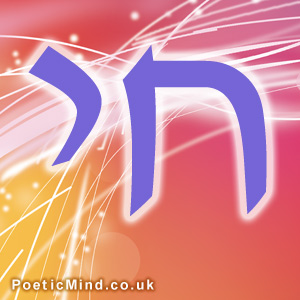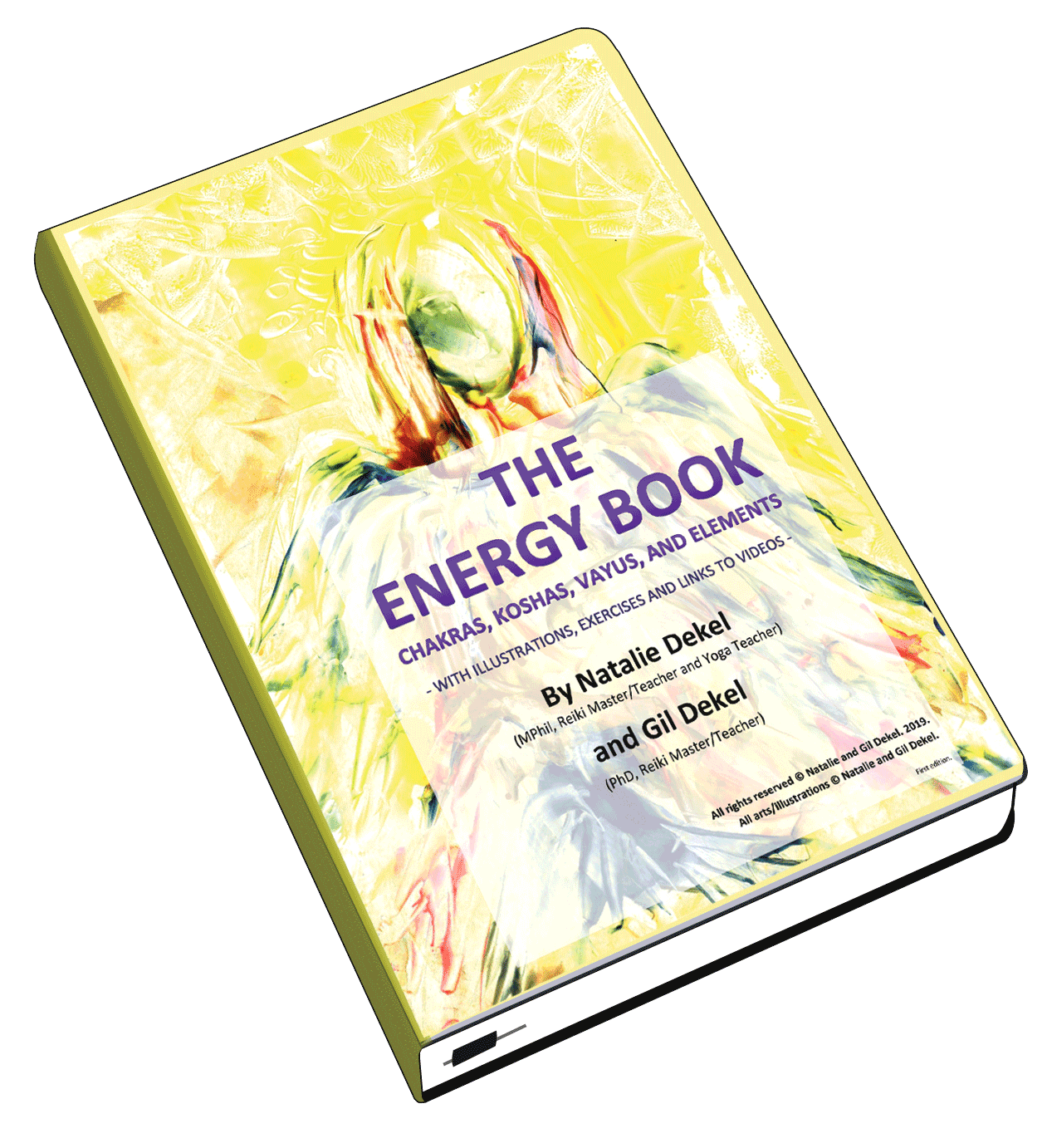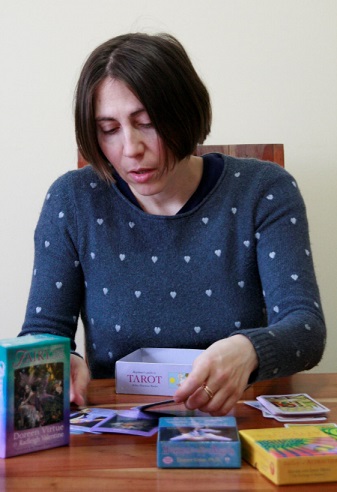
If God created this world and is in this world, why some people say they cannot see/feel Him?
We find answers in the Kaballa and particularly in the Kitvei Arizal, the famous writings of the famous Kabalist who lived in Syria, who wrote the Etz Chaim, one of his famous mystical Kabbalistic books. In the beginning, before the creation, the whole of existence was just filled with infinite light – Godly light. God’s infinite light pervaded everything. There was nothing else. It was just God and Godly illumination and light.
In that situation, there was no room for anything else… Creating things into the light would just create infinite world which would all become propelled and absorbed into the divine. So there has to be what we call מידת הדין Midat HaDin andמידת הגבורה Midat HaGvura. There has to be this idea that God, as it were, makes a contraction; that He hides in the creative process.
The name YKVA – the name הוואי Havai, as we refer to it – we don’t ever say that name. Even when we mean it, we say ‘Baruch Ata Hashem’ and not ‘Baruch Ata YKVA’. Now, YKVA is how God is presented to be. But if that name alone will be used – Hashem Havai – the creations that will be created from saying that name would be so ethereal that they wouldn’t really have a separate existence from God. They would not be separated from God, but would just be absorbed in the light of God. So that’s why we need a narrowing ‘Tzimzum’. And that’s where you have the name Elokim, which allows for narrowing ‘Tzimzum’ that enable the illusion of separation. The separation enables the creation to exist, as we know it.
The name Elokim doesn’t actually hide God in a way that God is not there but it conceals God from the created beings. In other words, God simultaneously brings into being the created הנברא HaNivra. The created does not sense the source from which it is being created. And that is the Midat HaDin, and Midat HaGvura. The undetectable realm, the Tzimzum.
The light, as it comes into creation, into being להחיות, is simultaneously concealed from the Nivra, the created beings. It’s something that the human being can’t see. When we create something or when we involve ourselves in something, we can’t hide ourselves completely from it. In fact, on the contrary; usually, in some ways we interact and interfere with the system with which we get involved. When you get involved in something to measure it, you in some way change it. That is the human limitation. If you want to measure something or observe it, the very observation of the system in some way affects it. You’re not able to involve yourself in something in an intimate way without affecting it.
God on the other hand, is able to create something and be hidden while totally involved with it in an intimate and close way. He’s bringing it, and yet simultaneously the very being that’s being created does not feel God’s presence. And that’s the concept of Tzimzum.
God is everywhere. God’s essence is the absolute of Hashem – מהותו Mahuto. That Mahuto and עצמותו Atzmuto is everywhere. ‘There’s no place which is vacant of Him.’ There’s no place that God is not there. He could be hidden or He could be revealed. So, He is everywhere in the physical world but He is hidden to us; He is concealed. He is not really not-there; rather He is there always. It’s just that we perceive ‘Gzerot’ as the absence of God. It’s a mistake; it’s a fallacy; it’s an illusion. The ‘Gzerot’ is not the absence of God, since God is everywhere. The ‘Gzerot’ is an attribute of God Himself; the ability to make himself unseen. But we, in our perception, we don’t see Him.
22 July 2012.
© Gil Dekel. My thanks to my teachers.


 - Reading with Natalie, book here...
- Reading with Natalie, book here...